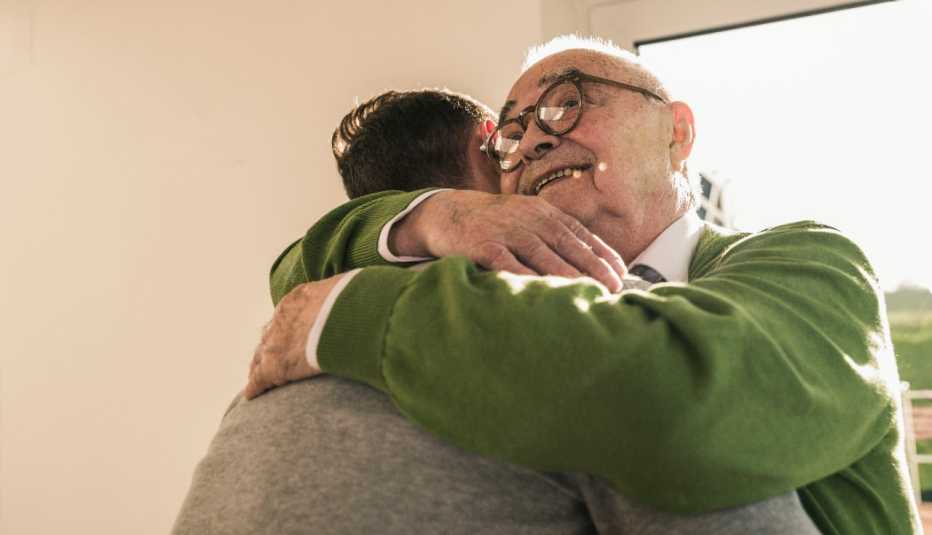Staying Fit


The federal government on Friday directed the nation's 15,000 nursing homes to open up their doors and allow visits for “all residents at all times,” dropping many of the remaining COVID-19 restrictions. “At this time, continued restrictions on this vital resident’s right are no longer necessary,” the Centers for Medicare & Medicaid Services (CMS) said in the revised guidance.


AARP Membership— $12 for your first year when you sign up for Automatic Renewal
Get instant access to members-only products and hundreds of discounts, a free second membership, and a subscription to AARP the Magazine.
Citing a national COVID-19 vaccination rate of 86 percent among residents and “dramatically reduced” weekly COVID-19 infections, the new guidance says nursing homes can no longer limit the frequency and length of visits, limit the number of visitors, or require advance scheduling.
Visits must also be allowed to take place indoors for all residents, whether they’re vaccinated or not, even when a facility is experiencing a COVID-19 outbreak investigation or when a resident is on transmission-based precautions or quarantine. While visits under such conditions are “not recommended” by the CMS, they must be allowed if that’s what a resident chooses.
The updated guidance represents “our most comprehensive action to bring residents and loved ones closer together,” the CMS said, but it stops short of opening facilities to visitors who have a positive COVID-19 test, who are showing symptoms of COVID-19, or who currently meet the criteria for quarantine. CMS says that facilities should screen all visitors for these exclusions.
“We are pleased that the CMS is taking a person-centered approach to expanding visitation so that residents can exercise their rights and avoid the isolation and other challenges that too many have experienced during the pandemic,” said AARP's Rhonda Richards, a senior legislative representative. "But it’s important to remain vigilant and follow important infection prevention measures.”

































































More on caregiving
Nursing Homes are Filled with Empty Beds, Raising More Concerns About Care
Ravaged by COVID-19, facilities with high vacancy are strugglingAction Needed Now on Long-Term Care Reform
America's outdated care system is in dire need of an overhaulChoosing the Right Long-Term Care Facility
Research location, staffing, cleanliness protocols and much more